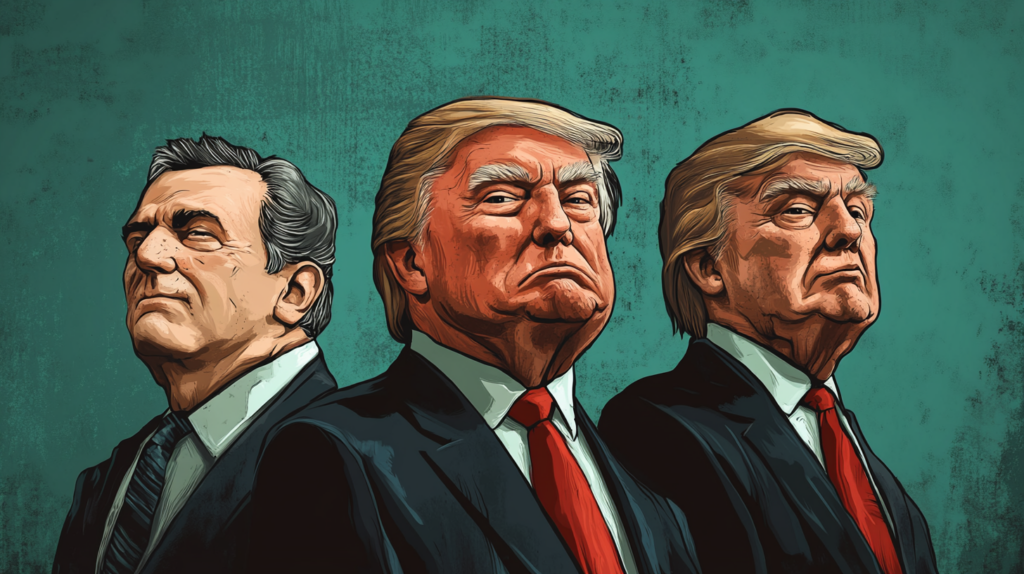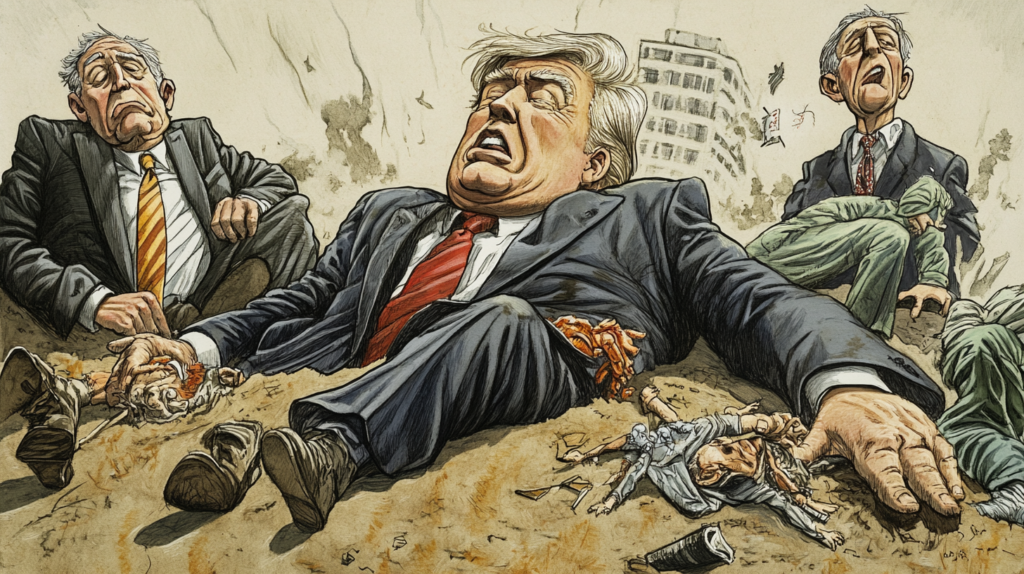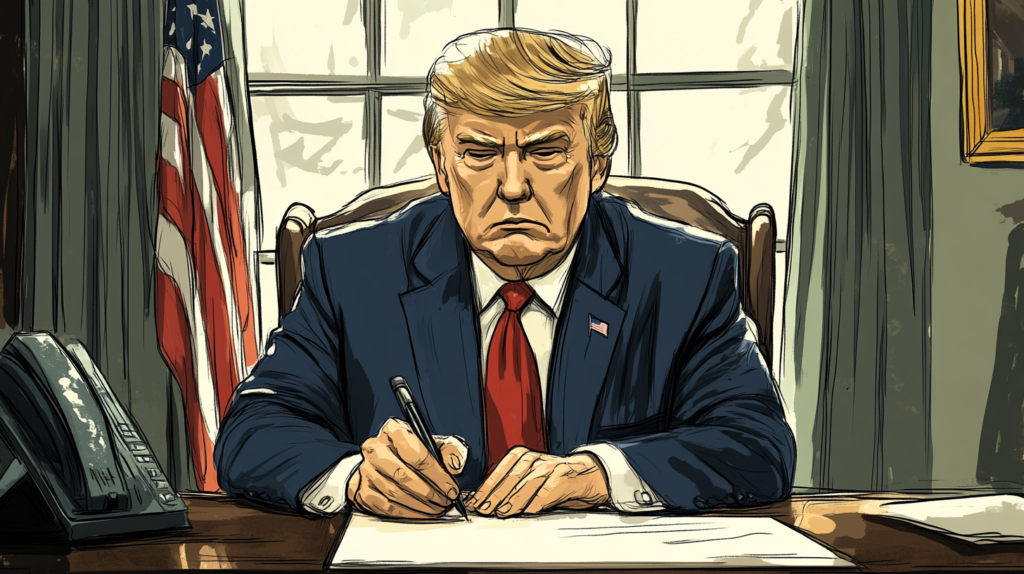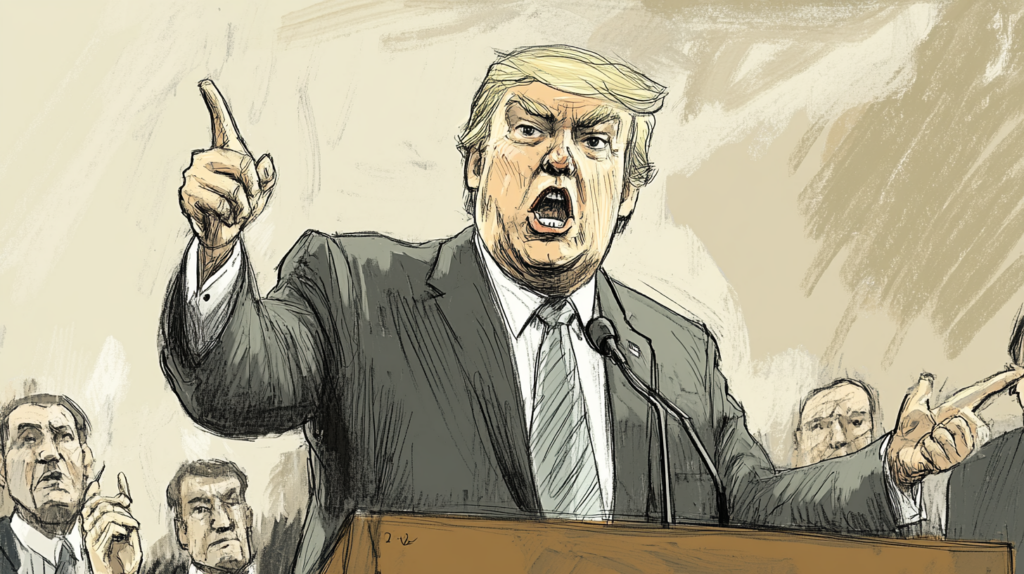How to Draw Political Cartoons Correctly: Political cartoons are a powerful form of commentary that use humor, satire, and visual metaphor to critique and highlight political and social issues. Creating effective political cartoons requires a deep understanding of the subject matter, a sharp sense of humor, and the ability to convey complex ideas succinctly. Here’s a guide on how to draw political cartoons correctly, from concept development to final execution.
1. Understand the Purpose of Political Cartoons
Communicate a Message
The primary purpose of a political cartoon is to communicate a message about a current event, political situation, or social issue. This message should be clear and concise, using visual elements to convey your perspective or critique. Before you start drawing, make sure you have a solid understanding of the issue you want to address and what message you want to send.
Use Satire and Humor
Satire and humor are essential tools in political cartooning. They allow you to criticize or highlight issues in a way that is engaging and often disarming. The goal is to make your audience think, laugh, or reconsider their views. However, it’s important to strike the right balance—your humor should clarify your point, not obscure it.
Simplify Complex Ideas
Political cartoons often deal with complex issues, but they need to present these ideas in a simple, accessible way. This involves distilling the issue down to its most essential elements and using symbolism, caricature, and exaggeration to communicate your point quickly and effectively.

2. Research and Stay Informed
Follow Current Events
To create relevant political cartoons, you need to be well-informed about current events and ongoing political issues. Regularly read newspapers, watch news programs, and follow reliable online sources to stay up to date. Understanding the context behind the headlines will help you craft cartoons that are timely and insightful.
Understand the Issues
Dig deeper into the issues you want to address. Understand the key players, the history, and the different perspectives involved. This knowledge will allow you to create more nuanced and effective cartoons. It’s also important to consider the potential impact of your cartoon—how different audiences might interpret your work.
Study Other Political Cartoons
Analyze the work of established political cartoonists to see how they handle similar issues. Pay attention to their use of symbolism, composition, and satire. Understanding the conventions and techniques used in political cartooning can help you develop your own approach.

3. Develop Your Concept
Identify the Main Idea
Start by identifying the main idea or message you want to convey. What is the core issue you want to address, and what stance are you taking? This idea will form the foundation of your cartoon, guiding all your creative decisions.
Brainstorm Visual Metaphors
Visual metaphors are a powerful tool in political cartoons. They allow you to represent abstract ideas or complex situations in a way that is easy to understand. For example, you might use a sinking ship to represent a failing policy or a ticking clock to symbolize an urgent issue. Brainstorm different metaphors that could effectively convey your message.
Sketch Rough Ideas
Create several rough sketches to explore different ways of visualizing your idea. Don’t worry about making these sketches perfect—this stage is about experimenting with composition, symbols, and character placement. Try out different angles and perspectives to see what best communicates your message.

4. Design Your Characters
Caricature Key Figures
Caricature is a common technique in political cartoons, where the features of public figures are exaggerated to emphasize their characteristics or flaws. Focus on identifying the key traits of the politicians, celebrities, or public figures you’re depicting. This could be their hairstyle, facial expression, or body language. Exaggerating these features helps to create a recognizable and impactful image.
Use Body Language and Expression
Body language and facial expressions are crucial in conveying the emotions and attitudes of your characters. A slumped posture might suggest defeat or fatigue, while a puffed-up chest might indicate arrogance or pride. Use these visual cues to reinforce the message you’re trying to convey.
Avoid Stereotypes
While caricature involves exaggeration, it’s important to avoid relying on harmful stereotypes. Focus on exaggerating traits that are relevant to the character’s role in the issue you’re addressing, rather than their ethnicity, gender, or other personal attributes. Political cartoons should critique actions and ideas, not perpetuate prejudice or discrimination.

5. Compose the Cartoon
Balance Visual and Text Elements
In political cartoons, the visual elements and any accompanying text (such as dialogue or captions) should work together to convey your message. The image should be strong enough to stand on its own, with the text providing additional clarity or punch. Avoid overcrowding the cartoon with too much text—let the visuals do most of the talking.
Use Symbolism
Symbols are powerful tools in political cartoons because they can convey complex ideas quickly. Common symbols include the scales of justice, Uncle Sam, or the Grim Reaper. When choosing symbols, make sure they are widely understood by your audience and relevant to the issue at hand.
Create a Focal Point
Every political cartoon should have a clear focal point—an element that immediately draws the viewer’s attention. This could be a character, a symbol, or a dramatic action. Use contrast, size, and positioning to make sure this focal point stands out.

6. Inking and Coloring
Inking
Once you’re satisfied with your sketch, it’s time to ink the cartoon. Inking involves going over your pencil lines with a pen or digital brush to create clean, bold lines. Pay attention to line weight—thicker lines can be used to emphasize important elements, while thinner lines can be used for details.
Add Shading and Texture
Shading and texture add depth and dimension to your cartoon. Use cross-hatching, stippling, or solid shading to create shadows and highlights. This can help direct the viewer’s eye and add emphasis to certain areas of the cartoon.
Coloring
If you choose to use color, it can enhance the impact of your cartoon. Use color to highlight important elements, create contrast, or evoke specific emotions. For example, red might be used to symbolize danger or anger, while green might represent money or greed. Be mindful of color choices and their potential associations.

7. Refine and Finalize
Review for Clarity
Before finalizing your cartoon, take a step back and review it for clarity. Is your message clear? Can the viewer quickly understand the point you’re making? If anything seems confusing or unclear, make adjustments to ensure that your cartoon communicates your idea effectively.
Get Feedback
If possible, share your cartoon with a trusted friend or colleague to get their feedback. Sometimes a fresh pair of eyes can spot issues or offer suggestions that you hadn’t considered. Use this feedback to make any final tweaks before publishing.
Finalize and Publish
Once you’re satisfied with your cartoon, finalize it by adding any finishing touches and saving it in the appropriate format for publication. If you’re publishing online, make sure the file is optimized for web use. If you’re submitting to a newspaper or magazine, follow their submission guidelines for file type and resolution.

8. Ethical Considerations
Be Mindful of Your Impact
Political cartoons can be powerful tools for social and political commentary, but they also come with responsibilities. Be mindful of the potential impact of your work—consider how different audiences might interpret your cartoon and whether it could cause harm. While it’s important to challenge and provoke thought, it’s equally important to do so responsibly.
Understand the Legal Boundaries
Familiarize yourself with the legal boundaries related to freedom of speech, defamation, and copyright. While political cartoons are protected under free speech, they must not cross into libel or violate intellectual property rights. Always ensure that your work adheres to legal standards.

Submit to Publications
If you’re aiming to get your political cartoons published, research newspapers, magazines, and online platforms that accept submissions. Follow their submission guidelines closely and be prepared for the possibility of rejection. Persistence is key—keep submitting your work and refining your technique.
Build an Online Presence
Social media and personal websites are great platforms for sharing your political cartoons with a wider audience. Regularly post your work on platforms like Twitter, Instagram, and Facebook, and engage with your followers. Building a strong online presence can help you reach new audiences and potentially attract commissions or freelance opportunities.
Enter Competitions
Entering political cartoon competitions can provide exposure and recognition for your work. Look for contests hosted by journalism organizations, art communities, or political organizations. Winning or placing in a competition can boost your profile and open doors to new opportunities.
Mastering the Art of Political Cartooning
Drawing political cartoons correctly requires a mix of artistic skill, deep understanding of current events, and the ability to convey complex ideas with humor and clarity. By following these steps, you can create powerful cartoons that resonate with your audience and contribute meaningfully to the public discourse. Remember, political cartooning is both an art and a responsibility—use your platform wisely and creatively to make an impact.
Frequently Asked Questions about Drawing Political Cartoons Correctly
What are the key elements of a political cartoon?
- Satire and Humor: Political cartoons use satire and humor to critique or comment on political events, figures, or policies.
- Simplicity: Simplified visuals and exaggerated features make the message clear and impactful.
- Symbolism: Use recognizable symbols, such as flags or caricatures, to represent political concepts or figures.
- Clear Message: Ensure the cartoon conveys a specific message or opinion about a political issue clearly and effectively.
How do I research and choose the right topic for a political cartoon?
- Stay Informed: Follow current news and political events to identify relevant and timely topics.
- Identify Key Issues: Focus on major political issues, controversies, or figures that are significant and resonate with your audience.
- Understand the Context: Research the background and implications of the issue to create a well-informed and accurate representation.
What are some techniques for creating effective caricatures of political figures?
- Exaggerate Features: Emphasize distinctive physical characteristics or mannerisms of the figure to make them easily recognizable.
- Simplify Details: Focus on key features that convey the essence of the person, avoiding unnecessary details.
- Capture Expression: Use facial expressions and body language to reflect the figure’s typical behavior or current situation.
How can I use symbols and visual metaphors effectively in political cartoons?
- Choose Recognizable Symbols: Use well-known symbols or imagery that your audience can easily understand and relate to the political issue.
- Create Clear Metaphors: Ensure metaphors are straightforward and relevant to the topic, avoiding ambiguity that could confuse viewers.
- Integrate Symbols: Combine symbols with caricatures or other visual elements to reinforce the cartoon’s message.
What are the common pitfalls to avoid when drawing political cartoons?
- Avoid Bias and Insensitivity: Ensure your cartoon is fair and avoids perpetuating stereotypes or offending particular groups.
- Steer Clear of Overcomplication: Keep the message clear and direct. Avoid cluttered or overly complex illustrations that dilute the main point.
- Respect Copyright: Use original art and ideas to avoid infringing on other artists’ work or intellectual property.
How can I refine my political cartooning style?
- Study Other Cartoons: Analyze work by established political cartoonists to understand different styles and techniques.
- Experiment: Try various styles, techniques, and formats to find what best suits your voice and message.
- Seek Feedback: Share your work with peers or mentors to get constructive criticism and refine your approach.
What tools and materials are best for drawing political cartoons?
- Traditional Tools: Pencils, ink pens, and markers are commonly used for hand-drawn political cartoons. High-quality paper and erasers are also essential.
- Digital Tools: Graphic tablets and software like Adobe Photoshop, Illustrator, or Clip Studio Paint offer flexibility and precision for digital cartooning.
- Printing and Publishing: If working traditionally, consider scanning and digitally enhancing your work for print or online publication.
How can I stay current with political events and trends relevant to cartooning?
- Follow News Outlets: Regularly read reputable news sources and follow political commentary to stay updated on current events.
- Engage in Discussions: Participate in forums, social media, or community discussions to understand different perspectives and emerging issues.
- Subscribe to Newsletters: Sign up for newsletters or updates from political analysis or satire publications for insights and inspiration.
- Stay Professional: Respond to criticism respectfully and professionally, focusing on constructive feedback rather than personal attacks.
- Reflect and Adapt: Use criticism as an opportunity to improve your work and address any valid points raised.
- Maintain Integrity: Stay true to your artistic vision and message while being open to learning and evolving.
What are some strategies for getting political cartoons published?
- Submit to Publications: Send your cartoons to newspapers, magazines, or online platforms that feature political or editorial content.
- Build a Portfolio: Create a strong portfolio showcasing your best work and send it to potential publishers or editors.
- Network: Connect with editors, publishers, and fellow cartoonists to build relationships and increase your chances of publication.
- Leverage Online Platforms: Publish your work on your own website, social media, or platforms like Toons Mag, Cartoonist Network, Easybie, Behance and Dribbble to reach a wider audience.
Drawing political cartoons involves a mix of artistic skill, timely awareness, and a keen understanding of political and social issues. By focusing on clear messaging, effective caricature techniques, and thoughtful use of symbols, you can create impactful and engaging political cartoons that resonate with your audience.
This post was created with our nice and easy submission form. Create your post!




